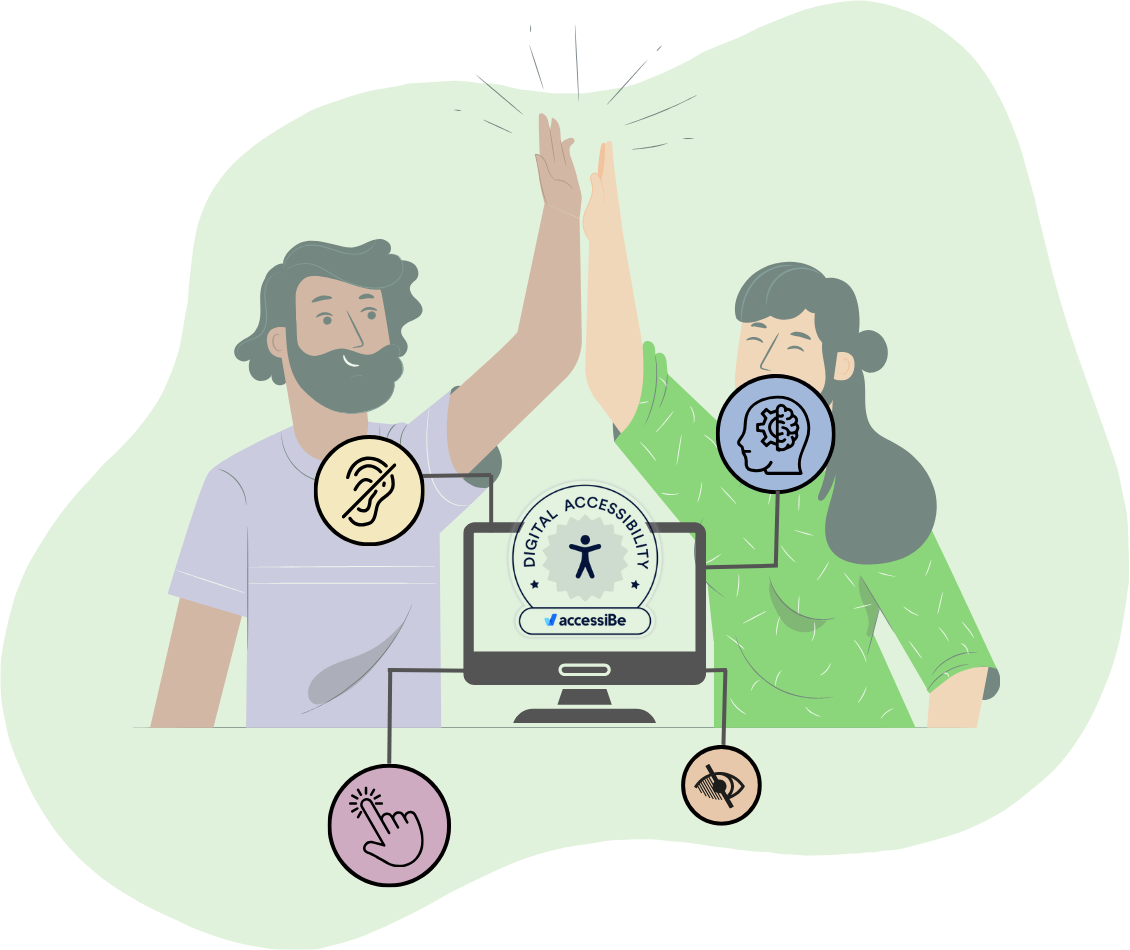Your goal should always be to enhance employee efficiency while still ensuring a positive customer experience. You’d think this would be the driving force for all business decisions, butmany companies lag behind when it comes to integrating business data, especially sharing data among marketing, customer service, sales, billing, and support teams. Their software programs don’t talk to one another, causing double data entry and lots of back and forth between programs, bogging down productivity.
Streamlining business processes to allow for simpler handoffs can be hampered by tight budgets, understaffing, or slow decision-making by leadership. Or, if the company has explored data integration before, it may experience a bad case of sticker shock when it's ready to upgrade. It may lack budget or be hesitant to shell out the capital to pay for an API integration between HubSpot and their other software applications. But what they aren’t exploring when they decide not to invest is the real cost of NOT doing a HubSpot API integration. When systems and business applications aren’t integrated, the most significant expenses come from low productivity and low customer and employee satisfaction, any of which can be crippling to a business’s long-term growth.
Let’s dig into why paying for an API integration between your line of business application and HubSpot is a worthwhile investment.
Boost employee efficiency, knock down overwhelm.
As younger employees start to become a significant factor in the workforce, aging processes can mean frustration for your most tech-savvy employees. Legacy software programs are being phased out for new web apps that help to automate and make doing business faster, but businesses often fail to invest in what is needed to keep these systems working together seamlessly.
According to a report from the Cloud Security Alliance, the average business with fewer than 1,000 employees can have up to 22 custom applications deployed at any given time. While the purpose of using all of these applications is usually to make employee’s jobs easier, sometimes introducing too many new applications without the continuity of integration can actually make things slower for both employees and customers . Double entry and piecemeal, disjointed processes occupy an employee’s time and energy.s competition heats up in today’s post-Covid job market, organizations that invest in integrating applications are going to come out on top.
 Avoiding user frustration is critical to businesses of all sizes for employee retention and the delivery of products and services to customers. For many HubSpot customers using project management or other line of business applications, building custom API integrations can mean greater efficiency across the board.
Avoiding user frustration is critical to businesses of all sizes for employee retention and the delivery of products and services to customers. For many HubSpot customers using project management or other line of business applications, building custom API integrations can mean greater efficiency across the board.
Systems that speak to one another help businesses and their employees work better. For example, we recently kicked off a project with a remodeling contractor client that had been struggling to integrate its construction project management software withHubSpot’s Marketing Pro software. While it recognized the power of integrating marketing and sales, data wasn’t moving back and forth, leaving both teams without access to important data. This wasted time due to double entry, but more importantly, valuable customer profile data in its project management software wasn’t getting to marketing and customer service.
When we’re finished with this project, the client will be able to deploy HubSpot’s powerful workflow and marketing automation tools to pass important data between applications. This will let the client maximize remarketing, target prospects appropriately, schedule sales appointments more efficiently, and deliver an excellent customer experience. By ensuring all the data makes it to the right place, we will reduce double data entry and ensure all important customer information is accessible by the right parties.
Studies show happy employees are productive employees.
Our remodeling clients aren’t the only ones to approach us wanting to leverage HubSpot API Integrations for their business applications. Business owners and managers understand that when you don’t have all the appropriate information at your disposal, you’ll either spend extra time (and money) trying to access it, or you’ll miss important sales and remarketing opportunities. Extra steps hamper employee productivity and inhibit the employees’ ability to accomplish job-related tasks. One in three employees in the United States are frustrated with their technology at work every day, according to a 2021 survey from Eagle Hill Consulting. Combine that with the University of Oxford’s findings that happy employees are 13% more productive and you can immediately see why so many organizations are looking to integrate their technology.
Why do efficiency and employee satisfaction go hand in hand? It has to do with a brain chemical called dopamine, which is released when your brain is expecting a reward. It is also released when you complete a task or goal.
Positive effects of of high dopamine levels include:
- Alertness
- Focus
- Sociability
- Creativity
- Motivation
- Happiness
Most of the above listed qualities are traits business owners want from good employees, so it’s important that we foster environments where these feelings are not just nurtured but actively created. Every time we complete a task, our brain releases the dopamine neurotransmitter and we feel good. If our technology is limiting our employees in the number of tasks they can complete in a day, how are we impacting their productivity, happiness and wellbeing?
Technology frustration = unproductive, unhappy employees.
While high dopamine levels contribute to many of the most positive qualities we seek in employees, low dopamine levels contribute to most of the most negative qualities that we don’t want to see in our employees.
Low dopamine levels can result in:
- Low motivation
- Fatigue
- Brain fog
- Memory problems
We want highly motivated, sharp, happy, and productive employees. Inhibiting an employee’s ability to accomplish tasks can handicap their productivity, their happiness, and their motivation. Prolonged experience with these issues in the workplace could result in higher employee turnover, customer service issues, absenteeism, and more. Fostering a fast-paced environment where employees have access to data from multiple applications to make better decisions regarding marketing, sales, and customer service yields happier, more productive employees and customers.
You invest so much in recruiting, hiring, and onboarding your employees. You also invest in industry leading software and processes that help your employees get the job done. A HubSpot API Integration could be everything that you need to bridge the gap between your marketing processes and your line of business applications. An investment in integration will yield significant return. Isn’t it about time your technology worked for you instead of against you?
Let’s chat about how we can make your life easier.






